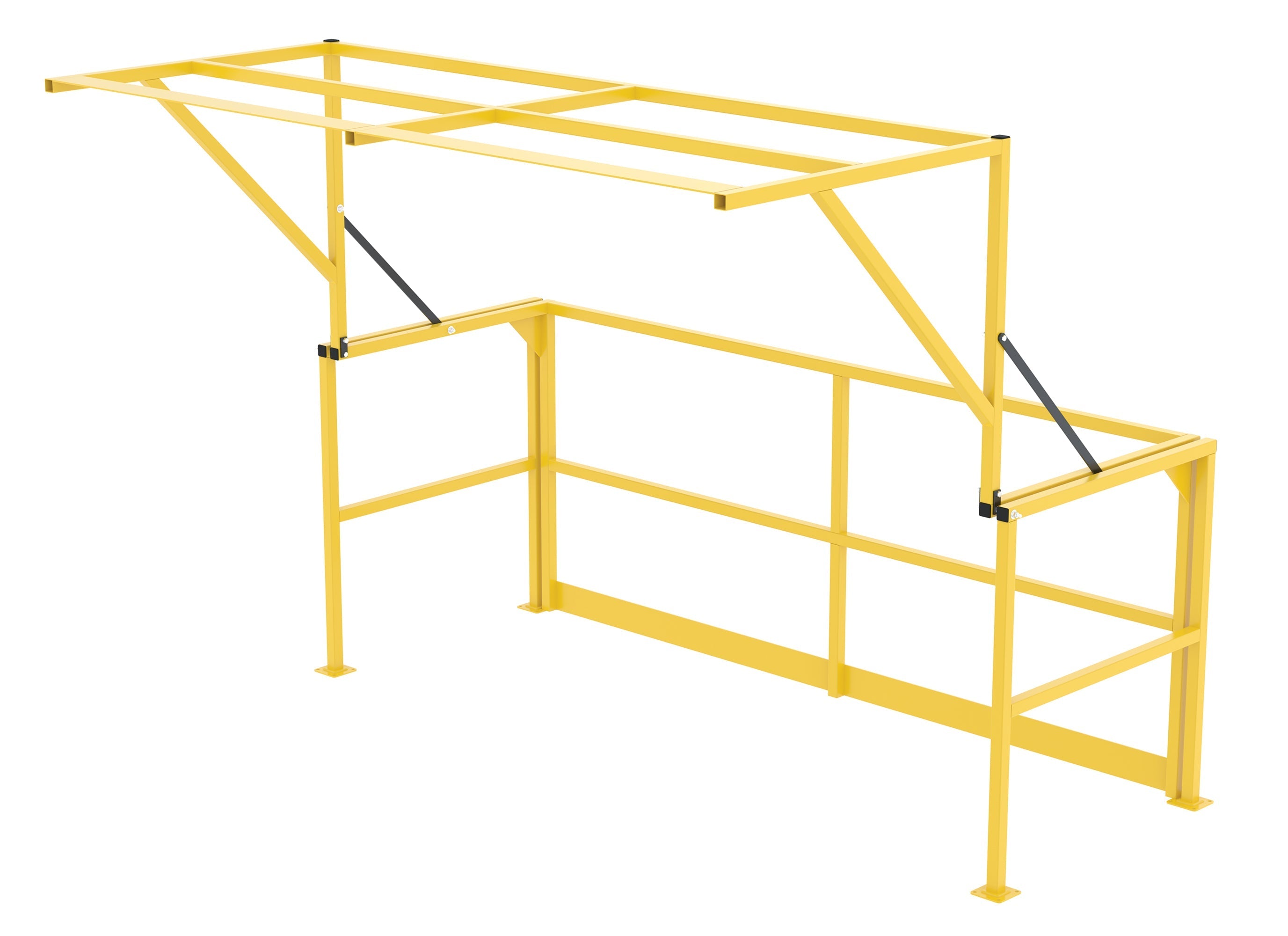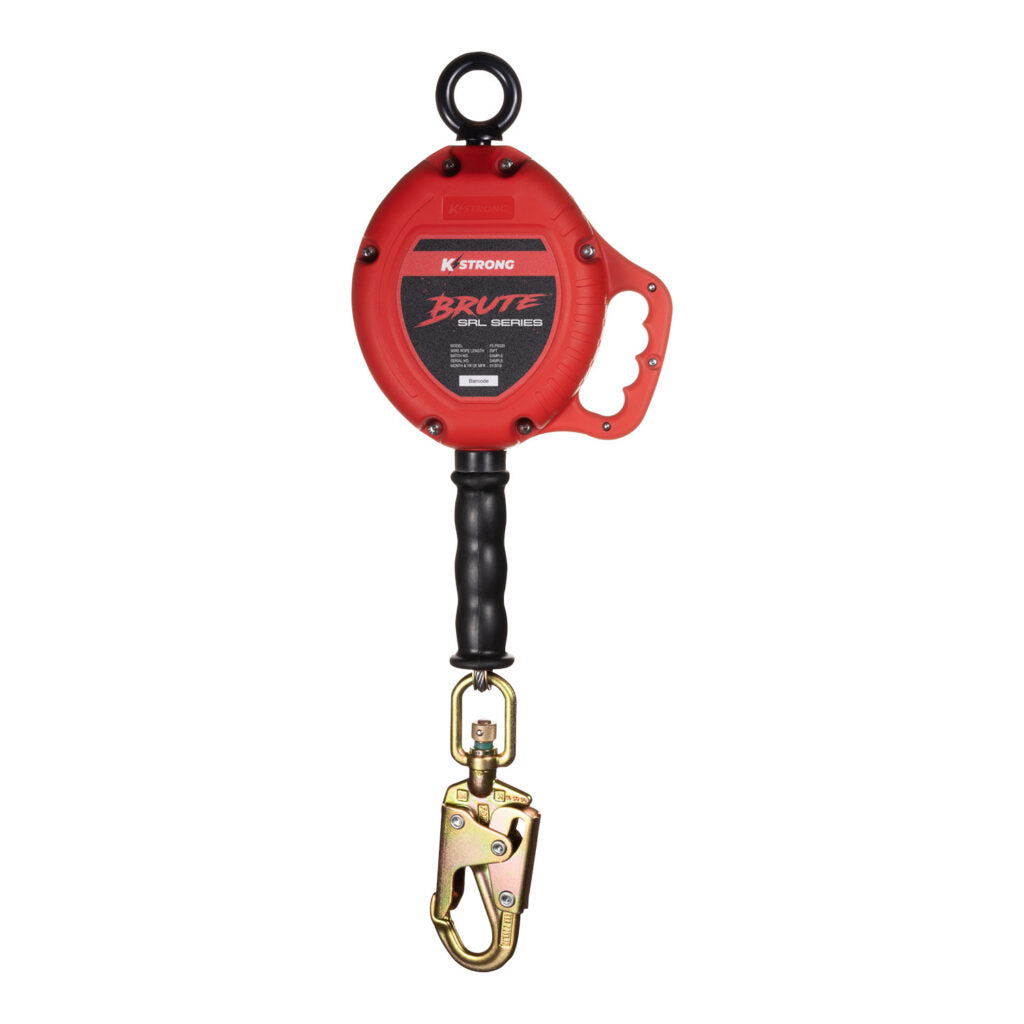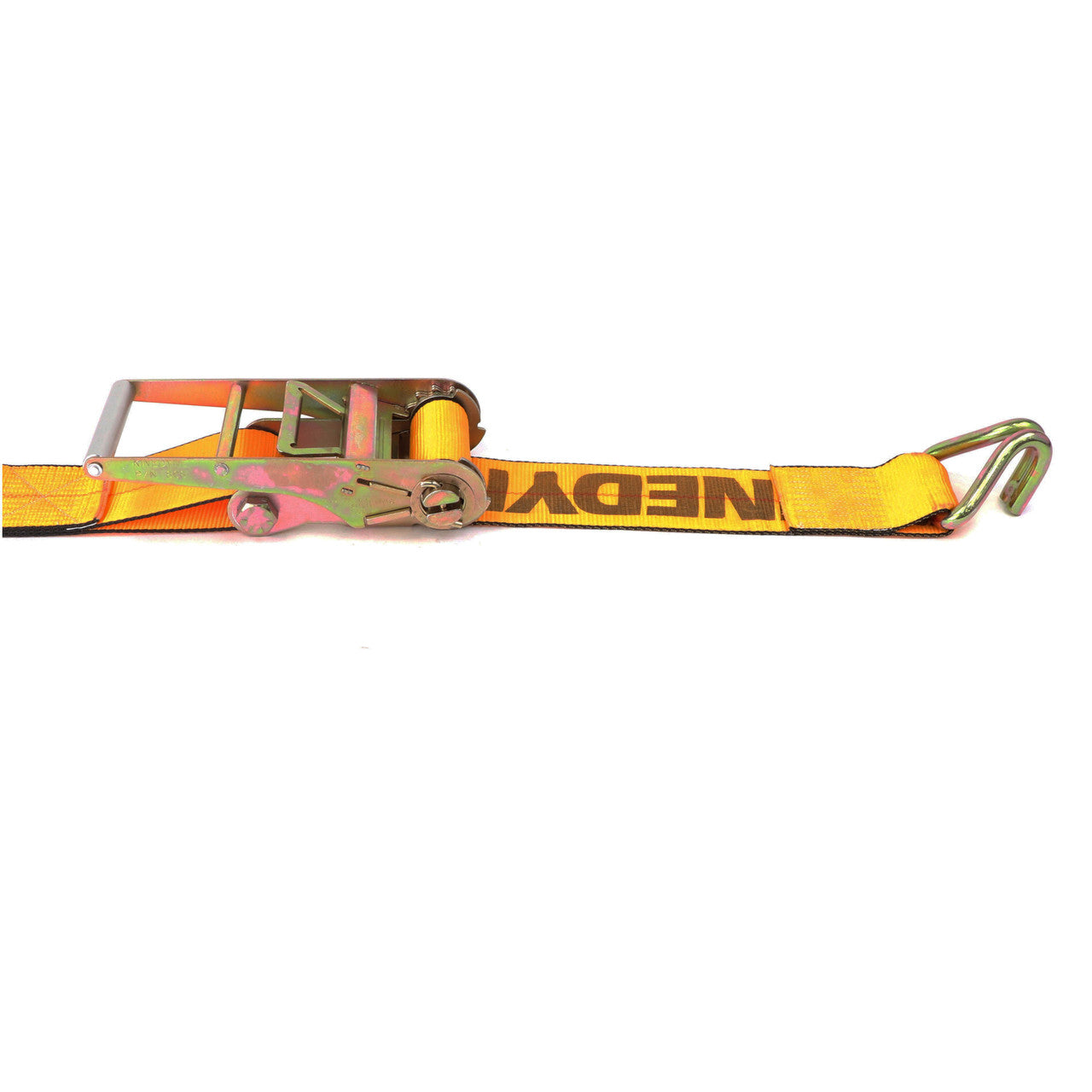If you are in an industry that involves a lot of lifting, you have likely heard of ratchet straps. They may seem unimportant and simplistic, but they are useful when securing cargo and holding down equipment when it is transported.
The main focus of this article is to give you an insight into what this piece of equipment is, the benefits of using them, how to use them safely, and when you should replace them.
At Lifting Equipment Store USA (LES USA), we offer different variations of this product for your chosen industry. Please check our full range and /contact-us if you need any further information.
WHAT ARE RATCHET STRAPS
What are also known as lashing straps and tie-downs, they are primarily used for transportation and are popular when lifting loads.
They are useful when transporting cargo and they are used to secure and stabilize the load in place. You never want to run the risk of damaging your cargo, so the equipment is made from durable polyester which avoids scratches.
You can find them being often used when transporting light and heavy cargo that range from large boxes through to cars to avoid it from being unstable and becoming unbalanced.
You can use its equipment to hold various loads and cargo and it’s imperative to note that there are various types you can use with different ones better suited for heavier items and others are better suited for lighter items. You do not want to go over their capacity since that could cause injury or damage the cargo itself.
 DIFFERENT VERSIONS
DIFFERENT VERSIONS
It's important that you pick the right version to ensure a safe and secure transportation process. Which one you need depends on the weight and size of the items and cargo you want to secure.
You need to look at the strength which is also known as the lashing capacity (LC) and you should take into account both the breaking strength and the working load limit to determine what variation you will need for your specific cargo.
The bigger the cargo the more heavy-duty you will need.
Remember to never exceed the working limit because it can cause injury or cause damage to your cargo.
THE BENEFITS YOU CAN GET FROM USING
There are a number of benefits as to why you should purchase this piece of equipment. It's sometimes easier to have an overview of different benefits so you can quickly get an idea of how you can benefit from using this handy piece of equipment.
- All versions have webbing that is strong and weather-resistant meaning they give you a long-lasting time and can be used inside/outside.
- The material is non-abrasive so it will not scratch the cargo.
- There are various sizes to fit all your needs.
- There are a variety of fittings and they can come with flat snap hooks, d rings, and more.
- They make the job of offloading and loading easy.
- They allow your cargo to be safe and secure throughout the transportation process.
HOW YOU CAN USE SAFELY
You want to first thread it by releasing the catch on it.
To thread it, start from underneath the ratchet and push it through the mandrel. The threaded strap should always lie straight and must not be twisted.
Continue feeding it through the mandrel until it feels taut (you can always tighten more later if you need).
From here, you are ready to secure the cargo with the strap using hooks and this should hold the cargo in place. You will then need to crack the rachet until it feels secure and lock it in place- you should hear a click.
To release, simply pull and hold the release tab and pull it through on itself to loosen it. If you have any questions about how to use a specific version, please contact a member of our LES USA team.
WHAT TO WATCH OUT FOR
It's important to monitor your equipment to ensure they are safe to use, however, this doesn't necessarily mean you have to replace them but just give them a bit of a tidy up to make them fully effective again.
It might be that the rachet assembly needs lubricating in which case you can use a small spray of dry silicone spray or WD-40 which will give it more durability and stop the assembly from greasing up and causing stiffness.
 It's important to know when you need to replace your strap(s) to ensure they're still effective and do not become a health and safety risk as this is what they're supposed to help reduce.
It's important to know when you need to replace your strap(s) to ensure they're still effective and do not become a health and safety risk as this is what they're supposed to help reduce.
When you're not using them, it's good practice to store them in a weatherproof dry and dark container or compartment so they don't get damaged, and wrap them up with a rubber band so they don't unravel and fall around.
If the webbing is beginning to fade or the surface is uneven you may want to consider purchasing another one.
WHAT YOU SHOULD NOT DO
- Don’t drag them across the floor.
- Don’t pull on any that are under cargo as this can damage the webbing.
- Try to avoid tangling or twisting of your goods.
- Don’t use them with hardware that has edges that may damage the goods.
DO YOU THINK THEY CAN HELP YOU?
This article has hopefully given you an insight into what ratchet straps are, the benefits they can bring to your industry, how to use one, and when to replace them.
If you've read this and are thinking this product can help your business, make sure you check out the full LES USA product range to see how they could help you and your business excel.
If you're needing several ratchet straps as part of a bigger order for a bespoke solution, please contact a member of our LES USA team where they will be happy to discuss your needs and how we can help.






















